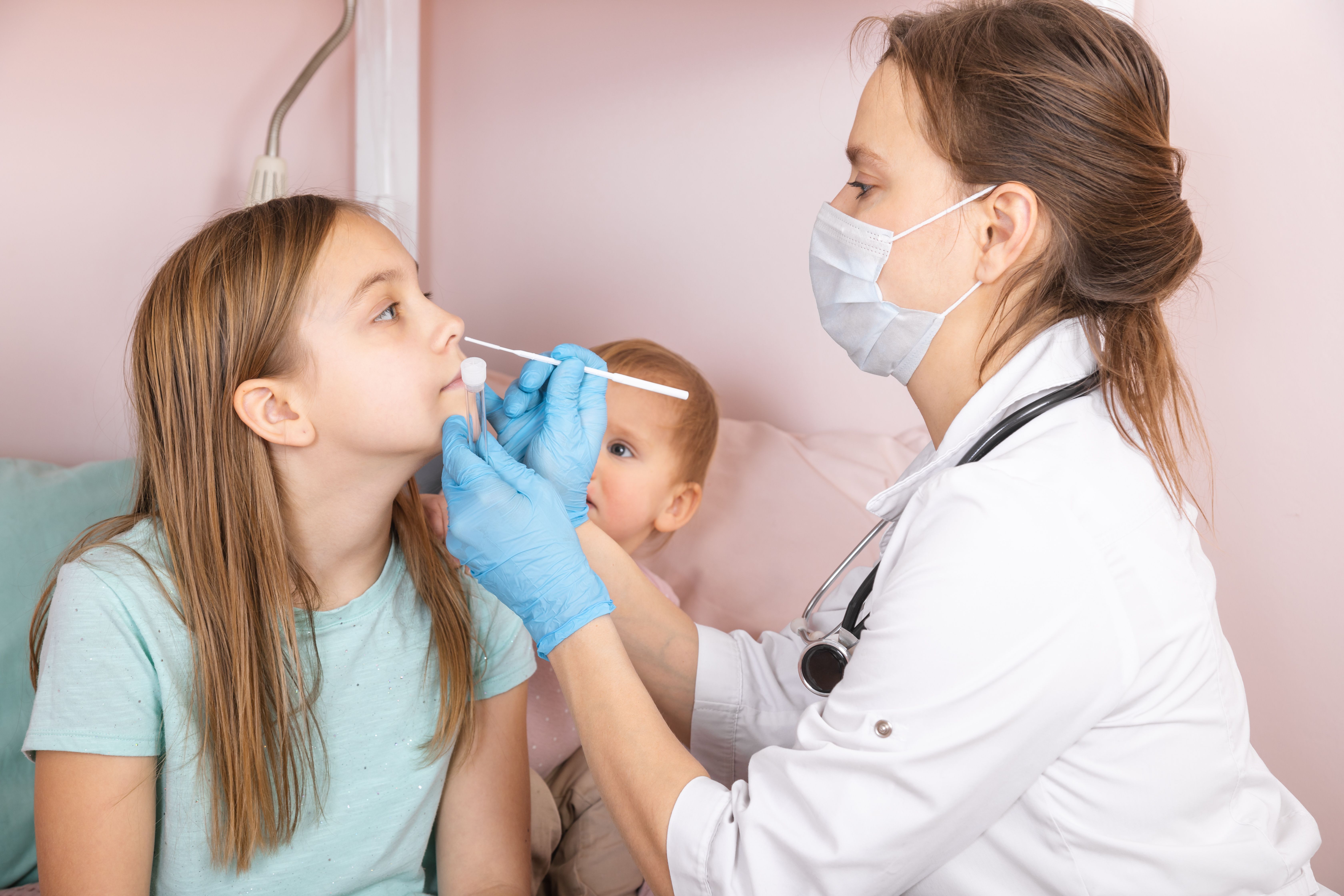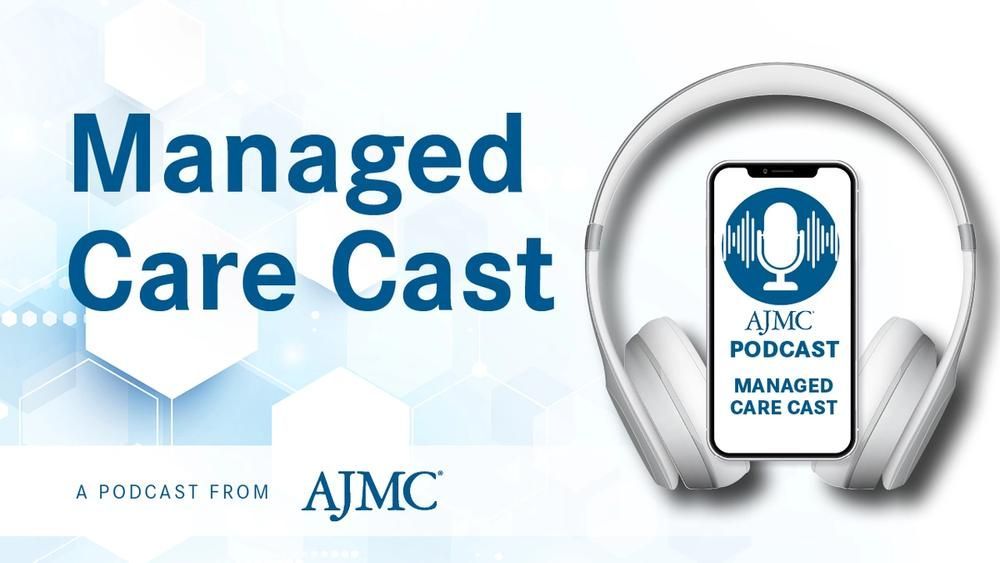News
Article
COVID-19 Linked to Increased Kidney Risks in Children
Author(s):
Key Takeaways
- Children with preexisting CKD or AKI have increased risks of adverse kidney outcomes post-SARS-CoV-2 infection.
- The study found a heightened risk of new-onset CKD and worsening kidney function in children post-infection.
Pediatric patients with prior SARS-CoV-2 infection had a higher risk of adverse postacute kidney outcomes, such as new-onset chronic kidney disease (CKD) and declining kidney function, if they had preexisting CKD or acute kidney injury.
Pediatric patients with prior SARS-CoV-2 infection had a higher risk of adverse postacute kidney outcomes, such as new-onset chronic kidney disease (CKD) and declining kidney function, if they had preexisting CKD or acute kidney injury. | Image Credit: Dmitry Naumov - stock.adobe.com

Children and adolescents who contract SARS-CoV-2 infection face a higher risk of adverse kidney outcomes, especially those with preexisting chronic kidney disease (CKD) or acute kidney injury (AKI), highlighting the need for long-term monitoring, according to a study published in JAMA Network Open.1
New, returning, or ongoing health problems present at least 4 weeks after initial infection define the postacute sequelae of SARS-CoV-2 (PASC) infection, also known as long COVID or post-COVID condition. An estimated 20% of COVID cases in the US are among children.2 Pediatric long COVID prevalence affects about 5.8 million children, highlighting an urgent need to understand more about PASC in children.
Oftentimes, researchers find that children have different symptoms compared with adults and tend to have a milder disease course, with lower risk of hospitalization and death, especially children who do not have preexisting conditions.1 Researchers aimed to bridge knowledge gaps by examining PASC among children and adolescents.
Researchers enrolled patients younger than 21 years with a history of SARS-CoV-2 infection in a retrospective study from March 1, 2020, to May 1, 2023. They measured new-onset CKD stage 2 or higher or CKD stage 3 or higher among those without preexisting CKD as the outcomes.
A total of 1,900,146 pediatric patients were included to evaluate risks of postacute kidney manifestations of SARS-CoV-2. Of these patients, 487,378 children had COVID-19 at the time of the study and 1,412,768 did not. There were more male patients (51%) than female (49%), with a mean age of 8.2 years. Patient race and ethnicity comprised Asian American or Native Hawaiian or Other Pacific Islander (4.8%), Hispanic (21%), non-Hispanic Black (17.3%), non-Hispanic White (44.9%), multiracial (2.3%), and other/unknown (9.7%).
Patients with preexisting CKD had increased risks in several postacute kidney outcomes following SARS-CoV-2 infection. They had a greater risk of new-onset CKD stage 2 or higher (HR, 1.17; 95% CI, 1.12-1.22) and CKD stage 3 or higher (HR, 1.35; 95% CI, 1.13-1.62).
Patients with preexisting CKD had an increased risk of the composite kidney outcome between days 28 and 179 (HR, 1.15; 95% CI, 1.04-1.27) and for days 180 to 729 (HR, 1.14; 95% CI, 1.06-1.22). Researchers found an increased risk for an estimated glomerular filtration rate (eGFR) decline of at least 30% between days 28 and 179 (HR, 1.14; 95% CI, 1.03-1.25). There also was an eGFR decline of at least 30% between days 180 and 729 (HR, 1.13; 95% CI, 1.05-1.20). The findings suggest a heightened risk for kidney function decline in individuals with preexisting CKD following long COVID.
Patients experiencing AKI during the acute phase of SARS-CoV-2 infection had increased risks for the composite kidney outcome (HR, 1.29; 95% CI, 1.21-1.38) from days 90 to 179 and days 180 to 729 (HR, 1.33; 95% CI, 1.21-1.47), and those who experienced AKI during or after COVID-19 infection face a sustained increased risk of adverse kidney outcomes. There was risk of an eGFR decline of at least 50% in both the earlier and later postacute phases, as well as for eGFR declines of at least 40% and 30% over longer periods post infection. These findings emphasize the long-term impact of COVID-19–associated AKI on kidney function.
The use of only the variables accessible within research study databases to construct the propensity scores limit these findings. Additionally, misclassification might affect both AKI and CKD outcomes. Using these findings, it may also be difficult to ascertain whether the increased risk associated with COVID-19 infection in the preexisting CKD group is inherently due to the COVID-19 infection itself or whether the increased risk reflects a more general risk that illness may negatively affect eGFR in patients with preexisting CKD. There is also a possibility that positive home testing results, inaccessible in electronic health records, could have been inadvertently incorporated into the COVID-19–negative control group. Future research should adopt dynamic exposure designs, such as matching exposed cases with initially uninfected individuals who may later contract COVID-19.
“Results of this study suggest that SARS-CoV-2 infection is associated with an increased risk of adverse kidney outcomes, including new-onset CKD and worsening kidney function,” study authors stated, “particularly among children with preexisting CKD or acute-phase AKI, underscoring the importance of long-term monitoring for kidney health in children and adolescents affected by COVID-19.”
References
1. Li L, Zhou T, Lu Y, et al. Kidney function following COVID-19 in children and adolescents. JAMA Netw Open. 2025;8(4):e254129. doi:10.1001/jamanetworkopen.2025.4129
2. Rao S, Gross RS, Sindhu Mohandas, et al. Postacute sequelae of SARS-CoV-2 in children. Pediatrics. 2024;153(3). doi:10.1542/peds.2023-062570





